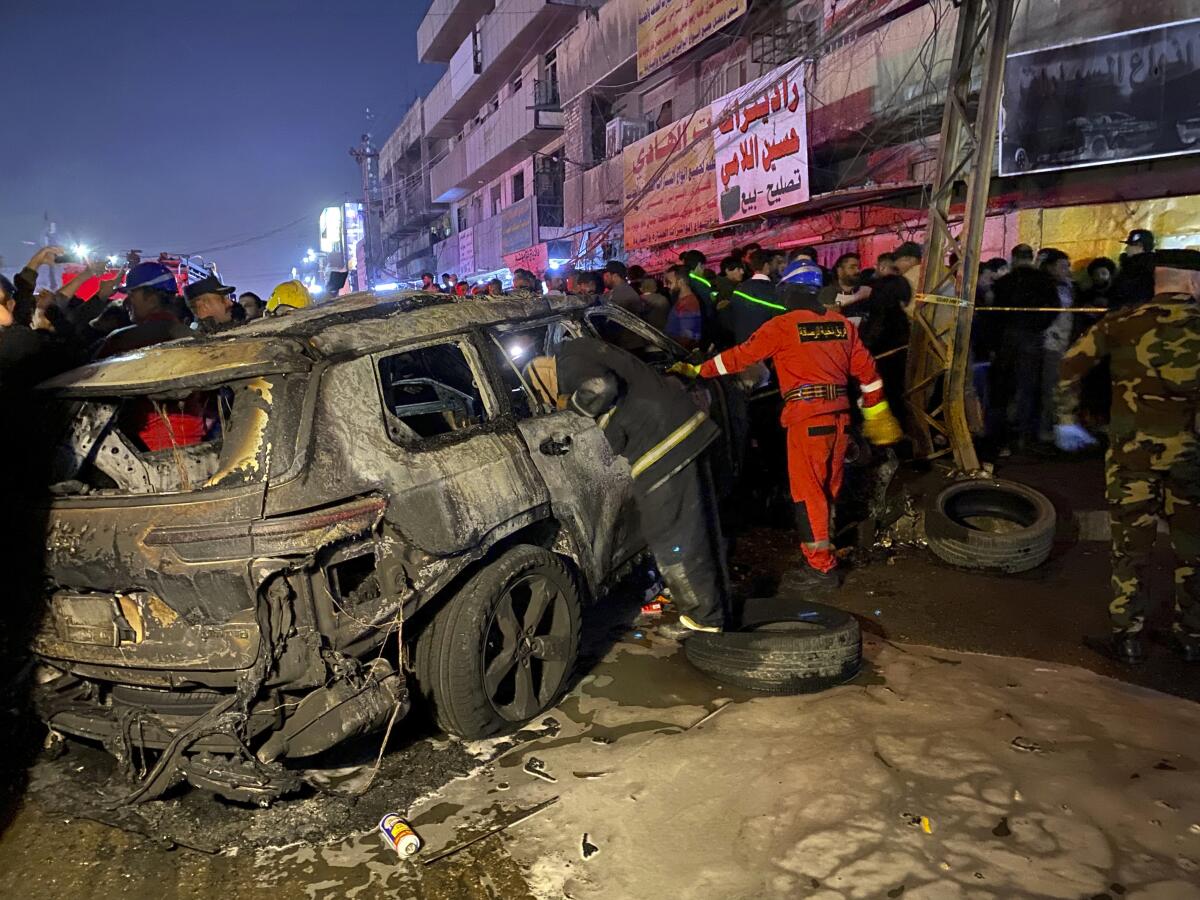Kataib Hezbollah, an Iran-backed militia group, faced retaliation from the U.S. following a US drone strike in Baghdad. The strike targeted three of its members, including a high-ranking commander believed to be involved in a previous attack that killed three U.S. troops in Jordan. U.S. Central Command (CENTCOM) carried out the strike in response to the Jordan incident, emphasizing its commitment to protecting American forces.

Photo from Google
US Drone Targets Kataib Hezbollah Leader in Baghdad
The US drone strike occurred in Baghdad’s Mashtal neighborhood and aimed at a “high-value individual target.” One of those killed was identified as Wissam Mohammed “Abu Bakr” al-Saadi, allegedly overseeing Kataib Hezbollah’s operations in Syria. CENTCOM stated no collateral damage or civilian casualties resulted from the US drone strike.
This action followed a recent U.S. military operation targeting Iranian-backed militia sites in Iraq and Syria, prompted by the Jan. 28 drone attack in Jordan. Kataib Hezbollah was implicated in the Jordan strike, part of the broader Islamic Resistance in Iraq, which the U.S. holds responsible for attacks on its personnel and interests in the region.
READ ALSO: China’s Cutting-Edge Aircraft Carrier Fujian: A Game-Changer In Naval Warfare?
US Drone Strike Targets Kataib Hezbollah After Attacks on American Troops
Despite Kataib Hezbollah’s announcement of a suspension of attacks on U.S. troops after the Jordan incident, tensions persist within the broader coalition of Iran-backed militias. Some factions continue to threaten retaliation against U.S. forces, citing ongoing conflicts such as the Israeli offensive against Hamas in Gaza as motivation.
In summary, the US drone strike in Baghdad targeted Kataib Hezbollah members in response to previous attacks on American troops. The US drone strike reflects ongoing tensions between the U.S. and Iran-backed militias in the region, with both sides engaging in retaliatory actions amid broader geopolitical conflicts.
READ ALSO: San Diego SEALs Training Crisis: Sewage Contamination Sparks Concerns, Congressional Urgency

















































